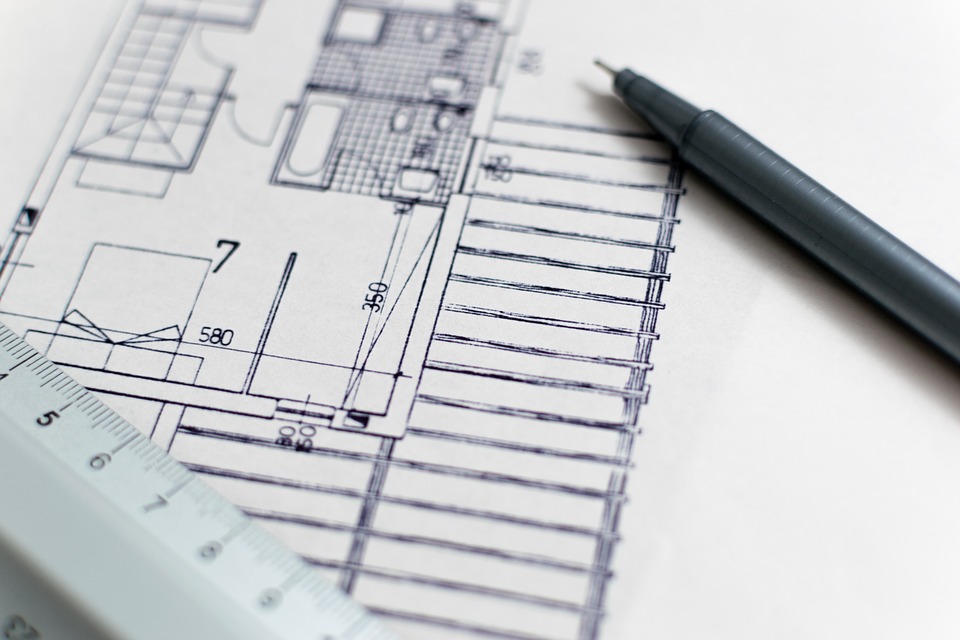Latest research offers practical, community-based solutions to New Zealand’s housing crisis by turning existing stock into far more affordable, fit-for-purpose homes

A report from the Building Better Homes, Towns and Cities National Science Challenge shows around 12% of New Zealand’s housing stock is significantly under-utilised and many houses could be partitioned to deliver up to 180,000 new dwellings.
The ADU Potential report suggests that the Auckland region has a potential 45,000 partitionable dwellings.
Meanwhile, at the other end of the scale, Marlborough has around 2,000 partitionable dwellings.
These dwellings would not impinge on greenfield sites or unutilised vacant land.
There is also an opportunity to introduce other forms of accessory dwellings (ADUs).
“We found every region in New Zealand has partitionable dwellings that could significantly add to their housing stock,” explains Dr Kay Saville-Smith, the director of the Centre for Research, Evaluation and Social Assessment (CRESA) and programme leader for the Architecture of Decision-Making Strategic Research Area, within the Building Better Homes Towns and Cities National Science Challenge.
“We took a very conservative approach to making these estimates.
“We restricted our definition of a partitionable dwelling to a dwelling that had a bedroom for every person living in the original house and two additional bedrooms.”
CRESA’s report also offers other innovative solutions to quickly and efficiently expand affordable housing stock, including supporting other forms of accessory dwellings (ADUs).
“We need to create an environment that supports good quality new-build ADUs.
“Prefab and factory-build technologies and innovations are perfect for this,” says Saville-Smith.
“This could be done in a very short space of time in a cost-effective way that is also environmentally efficient.
“But we need to have district plans that encourage ADUs which meet people’s needs and are safe and comfortable.”
Policy changes
The report details the need for both local and central government to develop policy changes that support partitioning and ADUs.
“This Building Better Homes, Towns and Cities National Science Challenge project suggests a lack of innovation in policy and in planning means New Zealand continues to under-utilise its current housing infrastructure.
“There is a mismatch between house size and household size.
“Houses have got bigger while households have got smaller.
Yet those with affordability problems still need a solution where they can stay in their community,” explains Saville-Smith.
Some people, older people in particular, may be missing out on downsizing.
Downsizing opportunity
CRESA says the solution could offer asset rich but income poor households who want to downsize the opportunity to partition or do new-build ADUs.
As part of the Building Better Homes, Towns and Cities National Science Challenge, CRESA analysed 2013 census data on house size and the size of households living in them and reviewed both council plans in New Zealand and the experience overseas of providing for people’s housing needs through ADUs.
“We need the public to think creatively about their housing to get more use out of it, more value and even to think about how it can be used as an efficient income stream,” Saville-Smith says.
“And for councils and government, it’s about recognising the realities but also finding ways to really diversify the dwelling stock and deliver homes that are affordable, healthy and comfortable in places where people want to live.”
For over 20 years Centre for Research Evaluation and Social Assessment (CRESA) has focused on producing research to support the development of sustainable, connected communities.
The Wellington-based organisation enables policymakers, communities and other decision makers to work together to make constructive decisions that lead to the best possible social, economic and environmental outcomes.
CRESA is a research partner to National Science Challenge 11: Building Better Homes, Towns and Cities.
This CRESA report has been released as part of the Architecture of Decision-Making Strategic Research Area for the Building Better Homes Towns and Cities National Science Challenge.
The National Science Challenges are initiatives that bring together New Zealand’s brightest minds to produce research that informs debate and encourages the development or implementation of transformational policies and practices to create great places for everyone to live and work.



